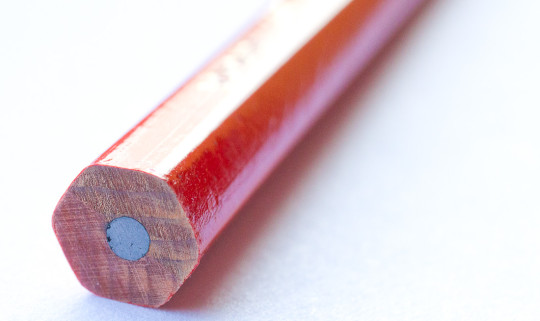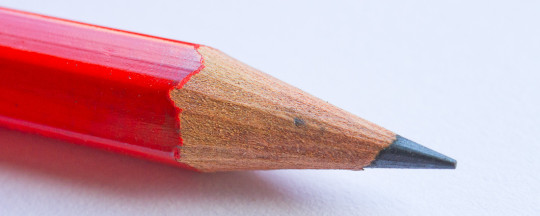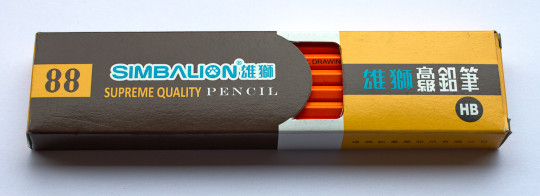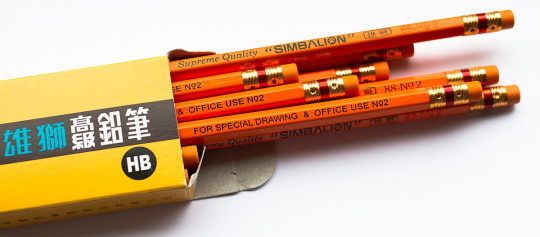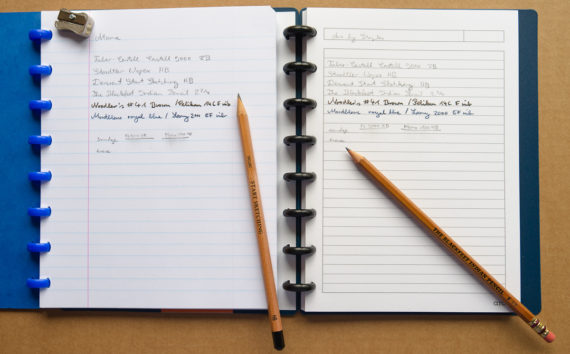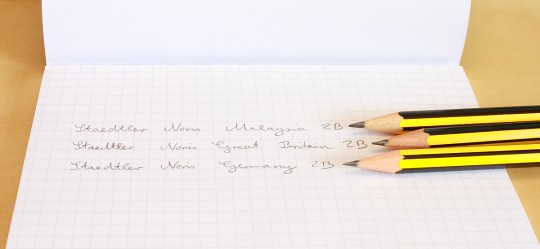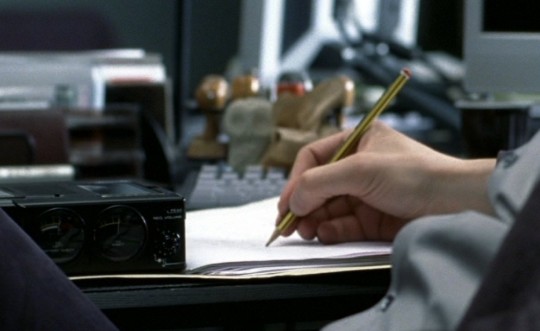The Lyra Temagraph and the Eisen 480
I guess I should stick to pencils, the clam clips blog post really wasn’t popular, so here’s a new blog posts about a pencil and a sharpener/eraser combo. The pencil side of today’s post is, to some extent, linked to an earlier blog post about the Amos Dixon Ticonderoga and to pencil talk’s blog post about Fila’s global pencils. I’ll be writing about Lyra’s Temagraph. The sharpener side of the post is linked to an earlier post about the Eisen 402.

The Lyra Temagraph
Temagraph
Assumed origin: from Greek thema + -graph: An instrument for writing about a topic, theme or proposition
The Temagraph has been available for some time now, but in the past it was only available under the Fila brand name. You can see pictures of the old Fila Temagraph at Lápis and Pencils and at pencil talk. After Fila (Italy) bought Dixon (USA) and Lyra (Germany) they started ‘adjusting’ their products, including the Temagraph. The Temagraph suddenly started to look pretty much like the Dixon Ticonderoga (metallic green font on a yellow pencil) and is now marketed [1]It’s advertising includes promises such as “The best designers choose the excellent lines of Temagraph pencils.” and “The best illustrators choose the clean line left by … Continue reading as a Lyra pencil, rather than as a Fila pencil.
Look
Two sides of the pencil are a labelled. The Temagraph side is labelled in metallic green. Opposite is the barcode side, labelled in black. The Temagraph has a end cap similar to the Noris, indicating lead hardness, but with a straight line around the corners.
Material
The FSC code on the packaging doesn’t leave any doubt about the Temagraph being linked to the Ticonderoga. The certificate is linked to the Beijing Fila Dixon Stationery Co., Ltd [2]Timberlines has further information about the Chinese manufacturer of these pencils. and shows that the pencil is made using Tilia spp., which includes many species of linden trees (also called lime trees or basswood).

Availability
Even though it is officially a Lyra pencil (and Lyra is/was a German brand) I have never seen this pencil in any shop in Germany. It dos however seem to be more popular in Fila’s home country Italy. When looking for the Temagraph on Amazon UK I could only find Italian sellers offering this pencil. Mine are from a local shop in Germany. They didn’t stock any, but a few years ago I asked them to order a few for me.
Performance
The Temagraph feels fairly smooth and puts down a very dark line. As you might have guessed from the fact that it’s a dark line – the lead rather soft, which means that point retention is not as good as it is with a normal pencil. In my case that means that I’m happy to use the Temagraph for writing the occaional sentence (think calendar entries), but I wouldn’t want to use it write a lot as it would need sharpening too often.
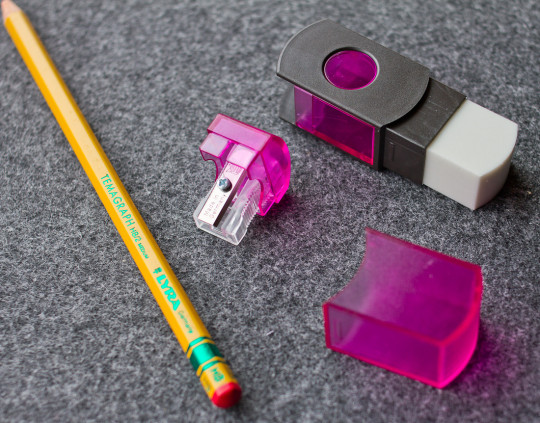
The Eisen 480
I sharpened the Temagraph with Eisen’s model 480. The Eisen 480 sharpens with an angle of approx. 21°. It’s a container sharpener that comes with an eraser, to some extent similar to the Faber-Castell Sharpener-eraser pen 18 44 01. The container for the shavings can be rotated and will lock in one of two positions: sharpener accessible and sharpener closed, to prevent shavings from falling out.

The eraser comes with a lid and fits exactly under the lid. Eraser performance is good. It’s a TPR (thermoplastic rubber) eraser that produces strands that roll together, to some extent similar to a dust-free eraser, but not as extreme, but eraser performance overall is no match for the excellent performance of the sharpener, which produces a nice, continuous strand of shavings with a thickness of about 0.2 mm. The blade is made in Baiersdorf, the container is made in Taicang, where assembly takes place, and the eraser is bought in.
You can find out more about the Temagraph at Lexikaliker.
The grey background in the photos (except the last photo) is from Atoma’s Alain Bertreau notebook. I placed the items in the A4 version of this notebook.
I bought the Temagraph in Germany, but can’t remember how much I paid for them.
I have received the Eisen 480 as a free sample from Eisen. Mr. Leistner provided further information. I don’t believe that, when I received the sample, Eisen was aware that I have a blog. I also don’t believe that not having paid for this sharpener has influenced my opinion of the sharpener in any way.
References
| ↑1 | It’s advertising includes promises such as “The best designers choose the excellent lines of Temagraph pencils.” and “The best illustrators choose the clean line left by Temagraph pencils! Superior quality, gold series, fine graphite for clean-cut lines, Temagraph pencils come with an extra-resistant and easy to sharpen and original green metal band indicating the grade.” Despite this promise the green band isn’t made from metal. I’m also not sure though what the green band is resistant to, why you would want to sharpen it. The green band doesn’t indicate the grade either. I’m not sure whether the best illustrators really choose the Temagraph, so like with a lot of advertising I choose not to believe this until I see proof supporting this statement. |
|---|---|
| ↑2 | Timberlines has further information about the Chinese manufacturer of these pencils. |
The Lyra Temagraph and the Eisen 480 Read More »


